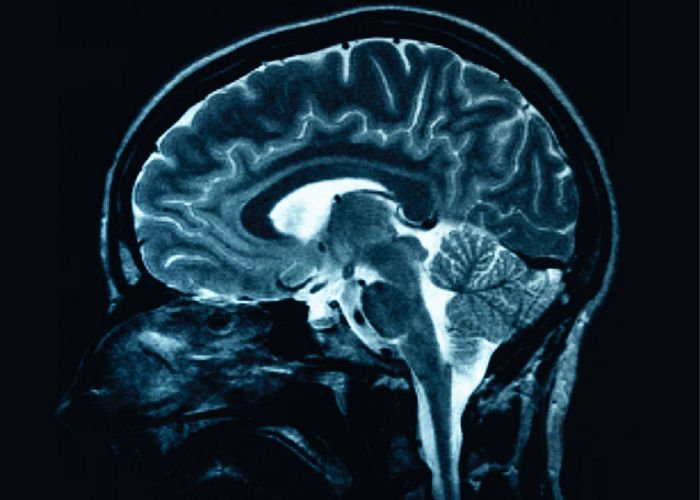Research in the field of brain-machine interfaces (BMIs) dates back to the 1950s when National Institute of Health researcher John Lilly implanted a series of between 25 to 610 electrodes in the cortex of rhesus monkeys. By using the electrodes to stimulate the monkeys’ cortex, Lilly was able to study the spread of motor function throughout the cortical tissue.
During the 1970s, the National Science Foundation funded BMI research at the University of California Los Angeles (UCLA); this was backed up with a contract from DARPA.
The research and development of BMIs today focuses largely on neuroprosthetic applications, that is the translation of raw electrical signals in the brain into motor commands that can stimulate prosthetic arms to make reaching or grasping movements, to restore damaged hearing or sight, and to manipulate computer cursors in order to facilitate communication.
Mikhail Lebedev is senior research scientist at Duke University, North Carolina. He specializes in BMI and has conducted research in this field all over the world. He is immersed in the use of BMIs to enhance and augment human potential. He agrees that we have already made some great advances in BMI research.
“The most successful BMI system currently in use is the cochlear implant where stimulatory electrodes are implanted within the auditory nerve. These have been really successful, so people who couldn’t hear, now have the ability to do so. I think that this type of sensory BMI will continue to develop,” Lebedev says.
He also predicts that before too long, we will see a major breakthrough in BMI systems, which will lead to new developments in visual prosthetic devices, which will enable blind people to see. He also foresees rapid advancement in BMI systems designed to restore motor movements and cure paralysis. We have already seen great advancements in neuroprosthetics, such as bionic arms and exoskeletons for restoration of locomotion. According to Lebedev, as development in this area continues, such prosthetics will become more sophisticated and more streamlined.
An interesting point of consideration is where BMI systems may one day intersect with people in everyday life to enhance human existence in general. According to Lebedev, what humans may do in the future is enhance themselves with BMI parts, “maybe a human being of the future will not just be a human being but part human and additional parts.”
On a day-to-day level, BMIs could one day become as much a part of our lives as cell phones and tablets are today. Some of the first BMI systems could possibly be used to enhance vision and hearing, and increase the power of our memory.
“Memory is, of course, probably the first priority because the brain is huge, it has 18 million neurons, but it cannot do things that a computer can do very easily. A computer can remember huge amounts of numbers and can perform computations really fast. Probably these brain enhancers will come as additions to supplement the brain with computations and biological operations that the brain does not do very well,” Lebedev explains.
The future of BMI seems to have unlimited potential, but where is the research going to move on to next?
“What I think is going to happen over the next five to 10 years is we will see new breakthroughs in this research. New systems will be developed and then BMIs will expand in clinical situations, as well as in everyday life. I can imagine, for example, someone connecting an external memory to the brain, to enhance certain brain capabilities,” says Lebedev.
He adds that in the more distant future we may see people gradually replacing their limbs and body parts with neuroprosthetics, as this could be a possibility as long as the brain is intact. However sophisticated BMI systems become, it is certain that their applications will one day intersect with every aspect of our lives – from communication to manipulation of our environment. Perhaps one day we will not even have to use speech to communicate, but instead we will be able to communicate with each other directly from brain to brain.
Image Credit: The Fitrah


















